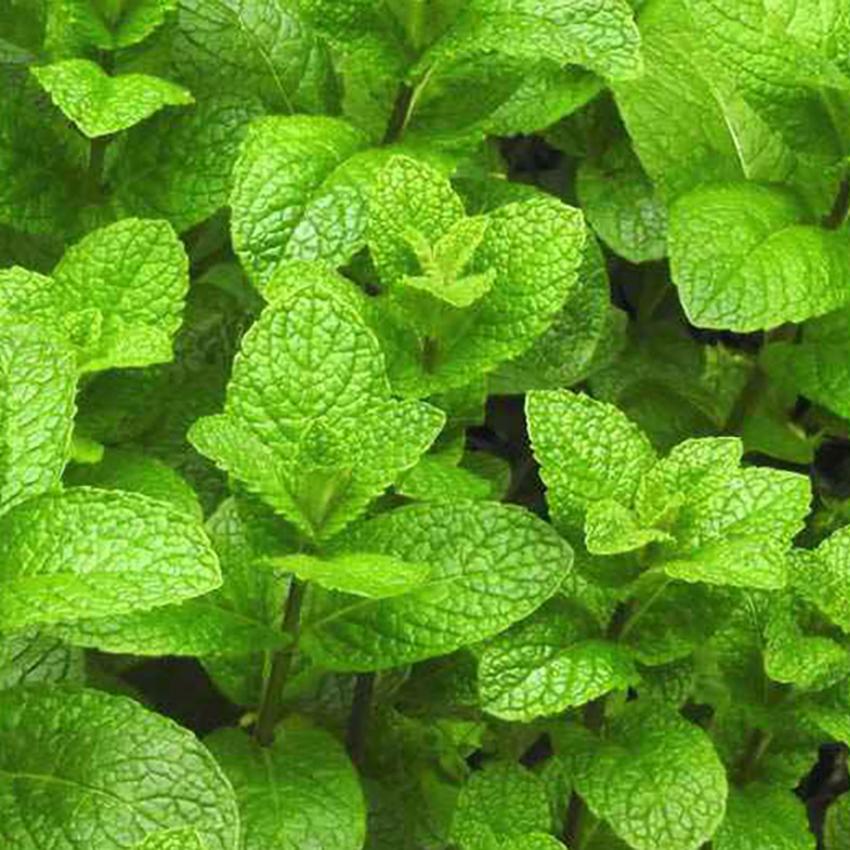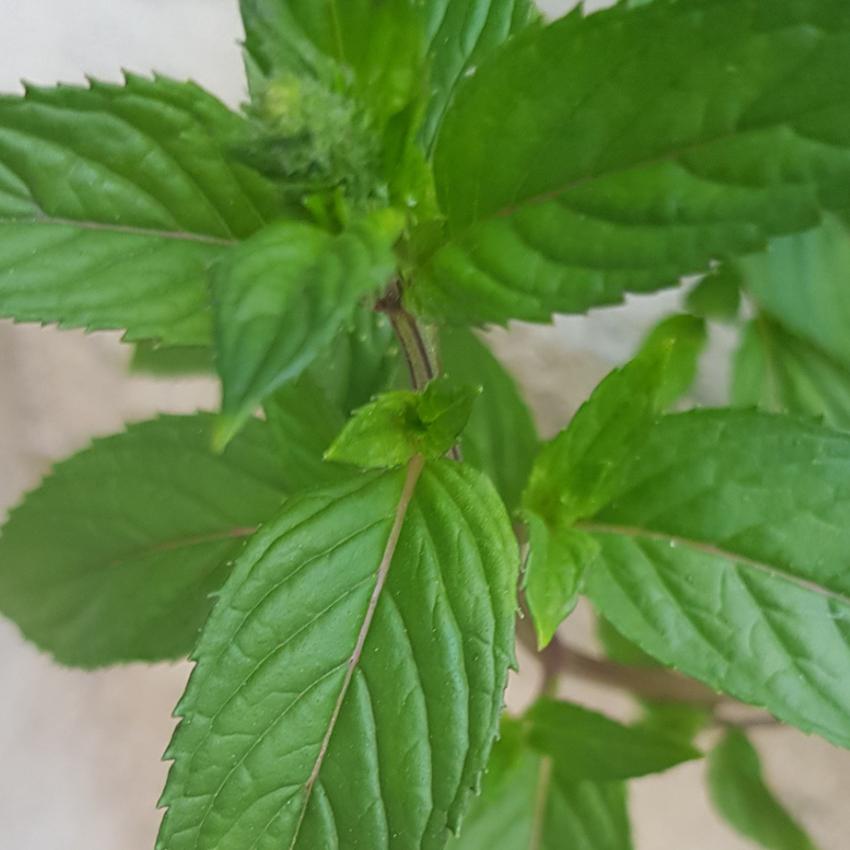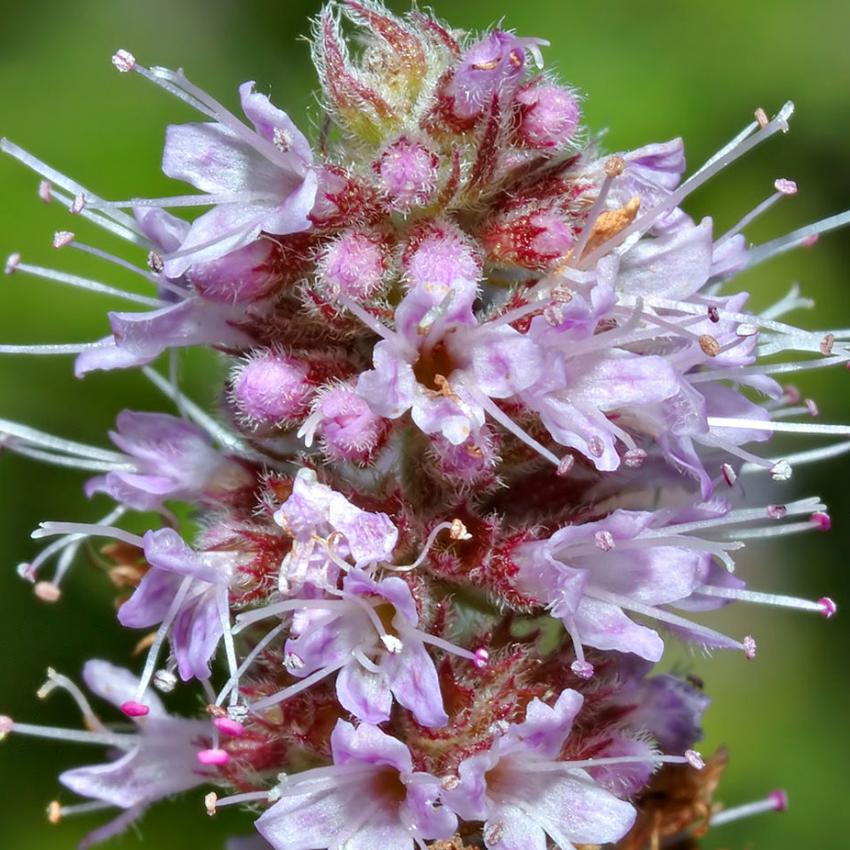



Mint
Mentha spicata, Mentha x piperita
Mint descends from the Latin word mentha, which is rooted in the Greek word minthe, personified in Greek mythology as Minthe, a nymph who was transformed into a mint plant.
Mentha is a genus of plants in the family Lamiaceae (mints). It is estimated that 13 to 24 species of mint exist. The species that makes up the genus Mentha are widely distributed and can be found in many environments. Mint leaves, without a qualifier like 'peppermint' or 'apple mint', generally refers to spearmint leaves.
The ancient Greeks rubbed mint on their arms, believing it would make them stronger. Mint was originally used as a medicinal herb to treat stomach ache and chest pains. Menthol and mint essential oil are used in aromatherapy which may alleviate post-surgery nausea. Menthol is also an ingredient of many cosmetics and some perfumes.
The leaf, fresh or dried, is the culinary source of mint. Fresh mint is usually preferred over dried mint. The leaves have a fresh, aromatic, sweet flavor with a cool aftertaste, and are used in teas, beverages, jellies, syrups, candies, and ice creams. In Middle Eastern cuisine, mint is used in lamb dishes, while in Britain and America, mint sauce and mint jelly are used, respectively. Mint is a key ingredient in Touareg tea, popular in northern African and Arab countries. Alcoholic drinks sometimes feature mint for flavor or garnish, such as the mint julep and the mojito. Crème de menthe is a mint-flavored liqueur used in drinks such as the grasshopper. Mint essential oil and menthol are extensively used as flavorings in breath fresheners, drinks, mouthwash, toothpaste, chewing gum, desserts, and candy such as mint (candy) and mint chocolate. As an English colloquial term, any small mint-flavored confectionery item can be called a mint.

Find the plant...
